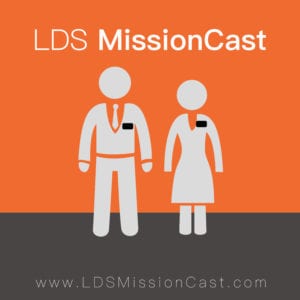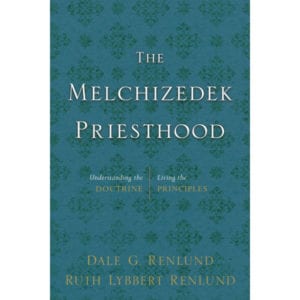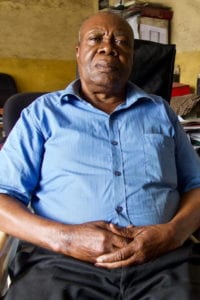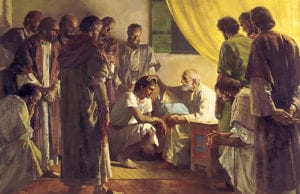
William Wines Phelps (usually known as W. W. Phelps) is probably most often thought of in conjunction with some of the most beloved hymns of The Church of Jesus Christ of Latter-day Saints. “Praise to the Man,” “The Spirit of God,” “Gently Raise the Sacred Strain,” and “If You Could Hie to Kolob” are just a few of the fifteen hymns that he wrote that appear in the current hymnal. But there was so much more to his life, and Bruce Van Orden, an emeritus professor of church history and doctrine at Brigham Young University, has been researching it for decades. This research was recently given a boost by the Joseph Smith Papers Project, which gave greater access to materials that Phelps was involved with.
There is little known about Phelps’s early life, or where and how he was educated, but he grew into a very intelligent and articulate man. He joined the Church in 1831 at age 39, and his talents were immediately put to use. He served in church leadership councils, including the Council of Fifty (it was he that coined the term “theodemocracy”); he was a writer, poet, and printer, and actually did more ghostwriting for Joseph Smith than was previously realized. He was also very much a family man, as well as a close friend of Joseph (again, moreso than has previously been understood). This book concentrates on these facets of his life.
[Read more…] about Book Review: We’ll Sing and We’ll Shout: The Life and Times of W. W. Phelps
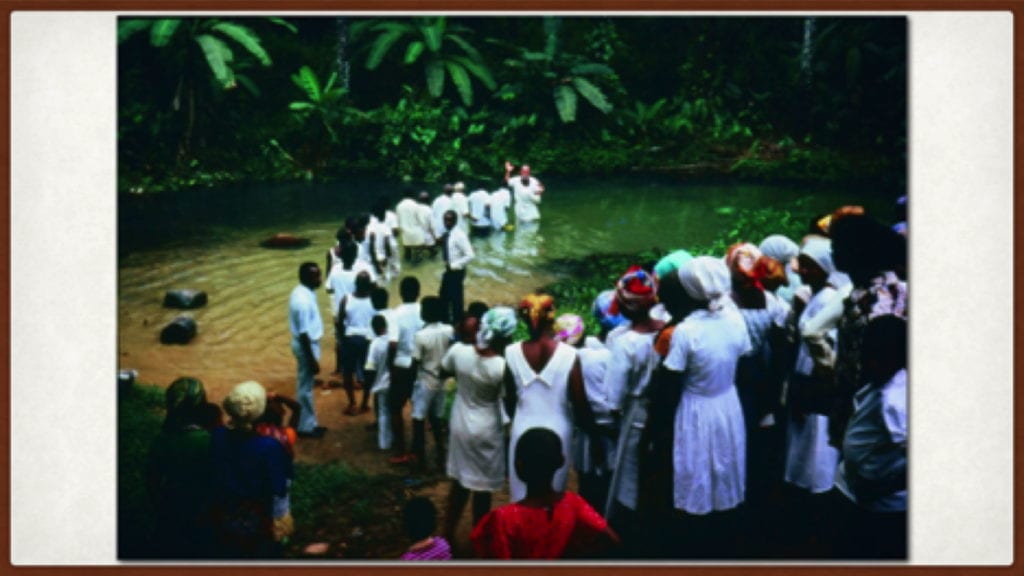
 Michael R. Ash is the author of Shaken Faith Syndrome: Strengthening One’s Testimony in the Face of Criticism and Doubt, Of Faith Reason: 80 Evidences Supporting the Prophet Joseph Smith, as well as Bamboozled by the “CES Letter.” A former columnist for the Deseret News’ Mormon Times, he has also been a frequent contributor to the online blogs, Meridian Magazine, as well as the Mormon Hub. Mike has been published in the Ensign, Sunstone Magazine, Dialogue: A Journal of Mormon Thought, in the FARMS Review, and most recently contributed a chapter to Kofford Book’s Perspectives in Mormon Theology: Apologetics. Joining FairMormon in the year 2000, Mike delivered a paper at the 2nd annual FairMormon conference and has contributed papers to seven additional conferences (including this one) since. Mike and his wife Chris live in Ogden and are the parents of three daughters and the grandparents of six grandchildren.
Michael R. Ash is the author of Shaken Faith Syndrome: Strengthening One’s Testimony in the Face of Criticism and Doubt, Of Faith Reason: 80 Evidences Supporting the Prophet Joseph Smith, as well as Bamboozled by the “CES Letter.” A former columnist for the Deseret News’ Mormon Times, he has also been a frequent contributor to the online blogs, Meridian Magazine, as well as the Mormon Hub. Mike has been published in the Ensign, Sunstone Magazine, Dialogue: A Journal of Mormon Thought, in the FARMS Review, and most recently contributed a chapter to Kofford Book’s Perspectives in Mormon Theology: Apologetics. Joining FairMormon in the year 2000, Mike delivered a paper at the 2nd annual FairMormon conference and has contributed papers to seven additional conferences (including this one) since. Mike and his wife Chris live in Ogden and are the parents of three daughters and the grandparents of six grandchildren.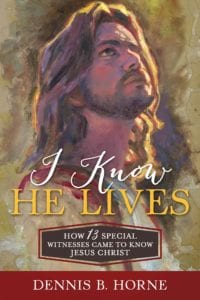 A selection from the 2017 book,
A selection from the 2017 book,
